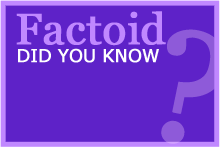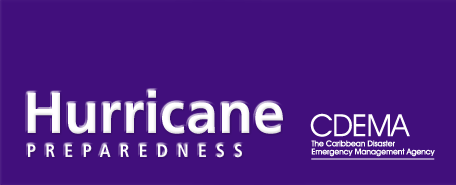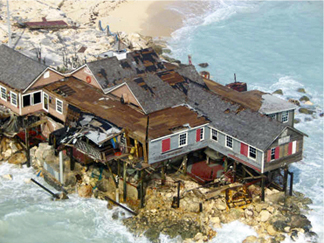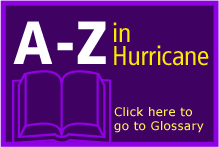|
|
| Hurricane Impact |
|
CHARACTERISTICSDestructive Winds
Tropical cyclones can generate some exceptionally strong winds. These circulate clockwise in the Southern Hemisphere and counter clockwise in the Northern Hemisphere. Wind speeds progressively increase towards the core. As the eye arrives, winds dwindle to become almost calm but rise again just as quickly as the eye passes and are replaced by hurricane force winds from a direction nearly the reverse of those previously blowing. In general, the strongest winds are found on the right side of the hurricane. The damage caused by the wind increases exponentially instead of linearly. Therefore a category 4 hurricane will not cause 4 times as much damage as a category 1, but it may cause up to 250 times the damage!
Storm Surges
These cause a rise in sea level above the normal tide. A storm surge is simply water that is pushed towards the shore by the force of the winds swirling around the storm. As the cyclone approaches the coast, the friction of strong on-shore winds on the sea surface, plus the "suction effect" of reduced atmospheric pressure, can pile up sea water along a coastline well above the predicted tide level. The rise of water level can cause severe flooding in coastal areas, particularly when the storm tide coincides with the normal high tide.
Excessive Rainfall and Flooding
EFFECTS
Structures will be damaged or destroyed by wind force, storm surges, landslides and flooding. Public utilities such as overhead power lines, water and gas distribution lines, bridges, culverts and drainage systems are also subject to severe damage. Fallen trees, wind driven rain and flying debris can also cause considerable damage.
Crops and Food Supplies
The combination of high winds and heavy rain and flooding can ruin crops and trees. Food stocks may be lost or contaminated and it is possible that food shortages will occur.
Casualties and Public Health
There are relatively few deaths associated with the impact of high winds. However, storm surges may cause many deaths but usually few injuries among survivors. The threat to public health emerges in the aftermath of events when conditions such as water contamination or shortages, flooding and damage to sanitation facilities may cause the spread of diseases.
Lack of Communication
Communication may be severely disrupted as telephone lines, radio and television antennas and satellite disks are blown down. Roads and railway lines may be blocked by fallen trees or debris and aircraft movements are curtailed for hours after a hurricane. |






















 Physical Damage
Physical Damage




